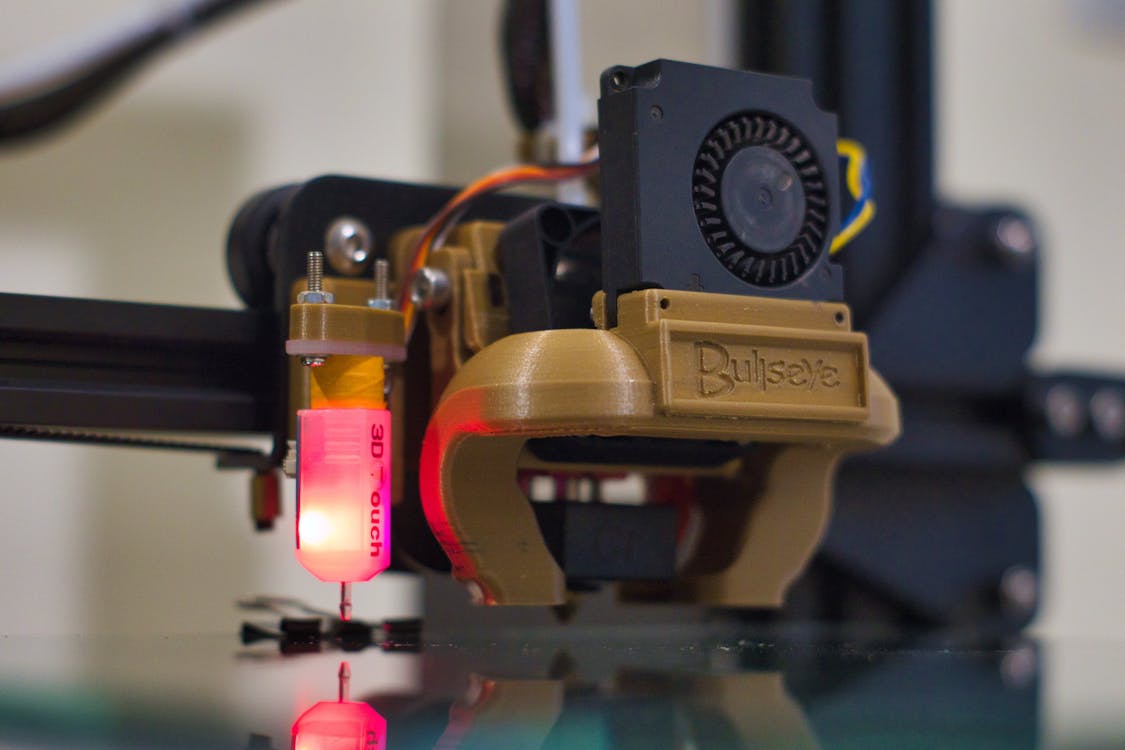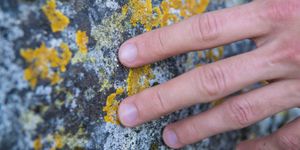Photosynthetic bio-ink becomes six times its original strength
Research conducted by scientists from USC Viterbi School of Engineering Civil and Environmental Engineering reimagines bio-ink, adding living material into 3D printer ink for the first time ever. The findings, published in Proceedings of the National Academy of Sciences, describe an ink that is stronger and more flexible than other inks. It also has the ability to self-heal.
Professor Qiming Wang, who heads the lab that developed the ink, says the inspiration came from trees. "When trees are young, they are flexible, when they are mature, they are rigid,” says Wang. “The research idea is also inspired by Popeye the Sailor, the animated character who can strengthen his muscles by eating spinach. Now, we are using scientific innovation to realize our childhood imagination.” While this may seem comical, Wang’s team believes that bioinspired manufacturing can address engineering challenges in a wide range of fields.
So, how did they do it? Using a centrifuge, the group extracted chloroplasts from spinach and mixed these into a polymer ink, which they then used for 3D-printing. During the printing process, they also applied light to the structures, thereby triggering the chloroplasts to produce glucose which makes the printed material stronger, in the same manner that a tree grows stronger.
The researchers think that this process can ultimately produce a living 3D-printed material that grows to be six times stronger than its initial strength. They also explain that if certain scenarios require a pause in the strength-generating process, the chloroplasts can be temporarily suspended by freezing the material at 0 degrees, only to be restarted later by warming them up again.
"The material behaves like a snake that hibernates through the winter," Wang explains. "Such a temporary 'suspending behavior' has never been demonstrated in existing engineering materials.”

“Another striking finding is that the strengthening effect can be tuned by external force," said Zhangzhengrong Feng, one of the lead authors of the paper. "When you hang a weight on a tree branch, that branch will become much stronger than other branches, a process called "mechanotransduction." The team was able to observe this happening in their material as well.
Furthermore, the team says that their material, like some plants, demonstrates a self-healing capability. This occurs because glucose from photosynthesis triggers the molecular process of cross-linking, which acts to generate molecular stitches.
The authors are ecstatic about their findings, writing: “This work opens the door for the design of hybrid synthetic-living materials, for applications such as smart composites, lightweight structures, and soft robotics.”
Sources: Proceedings of the National Academy of Sciences, Eureka Alert








